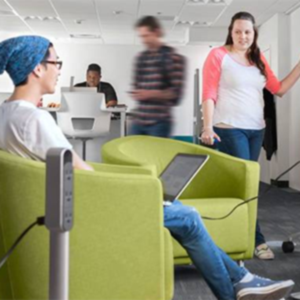
LEARNING LABS
Collaboration Spaces
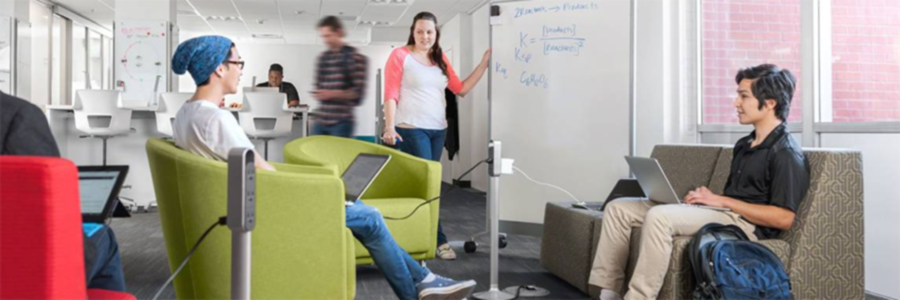
School libraries keep evolving. As more books become available on-line and on personal devices, bookshelves take up less floor space and library environments afford new opportunities.
Wherever practicable, libraries, classrooms and other venues may be repurposed in the future for student collaboration and innovation spaces, accelerating the current trend. Teaching procedural knowledge will move increasingly to wearable PDA technology with artificial intelligence, freeing more space for collaboration environments.
When I was a kid, all I wanted to do was invent things, inspiring me to learn more about whatever I was inventing. I had above-average skills and I enjoyed collaborating, so I helped my friends with their projects. We worked in ad-hoc innovation spaces, A.K.A. our bedrooms and garages. We arranged these spaces to suit our needs, parental objections notwithstanding.
Mentors can own their collaborative teaching and learning environments and students can own theirs, at least for a time. These spaces are as varied as the ideas and ambitions of their owners. Collaborative learning and innovation spaces express their usefulness and desirability with the tools and opportunities found within them.
To adapt a space for collaborative learning and innovation, choose easily repositioned furnishings like those in the above Steelcase Inc promotional image. Select chairs, desks, tables, workstations, room dividers, privacy panels, case goods and lighting for portability as well as durability. There's no need to organize flex space with separate zones for thinking and doing. Mentors and students enjoy partitioning space and rearranging their own furniture. Have some pictures on hand showing example layouts and let them do the rest.
Subdividing very large spaces into smaller, owner-occupied zones is a necessity. So too is separating materials and processes into clean and dirty spaces. It's wrong to corrupt the atmosphere of a collaborative environment with obnoxious sounds and smells. Plenty of electrical connections are always appreciated, as are lockers for projects in progress. Group meeting areas get used frequently, as do rolling presentation monitors and whiteboards.
I developed and supervised James Madison University's first Innovation Space at the off-campus Ice House Building. Later I launched the Concept Visualization & Design Studio at Lakeview Hall while co-managing the adjacent collaboration and innovation space. I also designed and developed the ChemSim-VR Prototype, the first immersive teaching and learning environment for college chemistry.
T.M.Wilcox, November, 2019
Collaboration Spaces
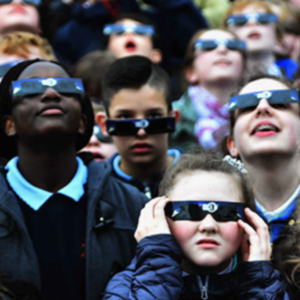
The Ultimate PDA
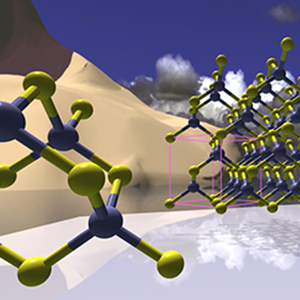
Learning To Code
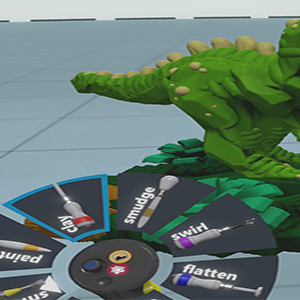
VR Interface Mock-Ups

Amazon's Lumberyard Engine
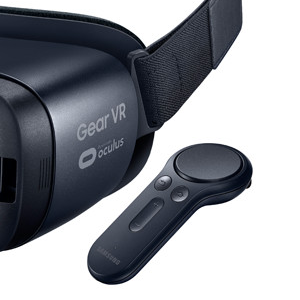
Samsung Gear-VR Controller
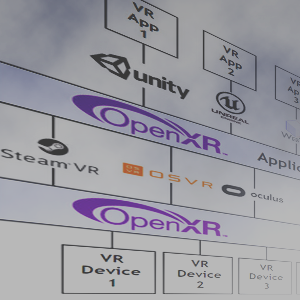
Standards For Virtual Reality

Writing Design Documents
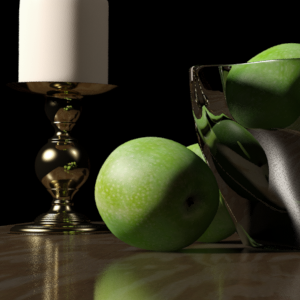
Making 3D Objects for Virtual Reality
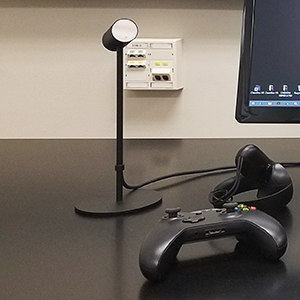
Inside-Out and Outside-In Head Tracking
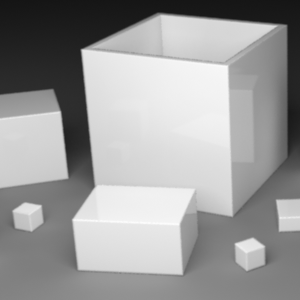
Making a Puzzle App With Unity
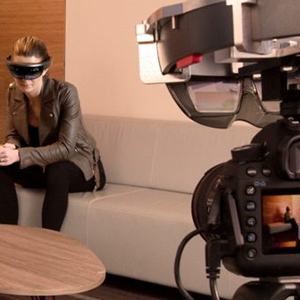
HoloLens Spectator View
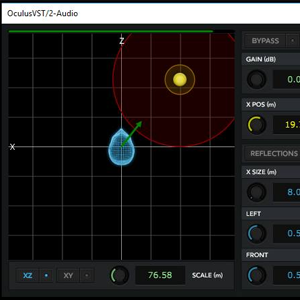
Spatialized Audio For Virtual Reality
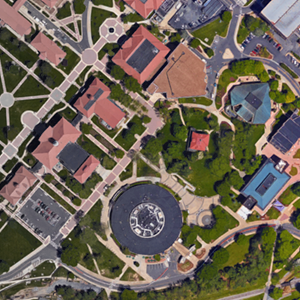
Physical Vs. Virtual Campus Expansion
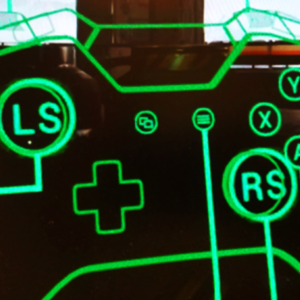
Head-Up GUI Design For VR
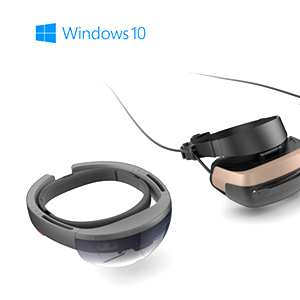
Windows 10 Creators Update
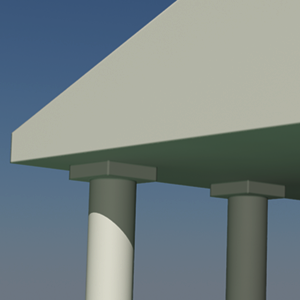
Visualizing Historic Buildings In VR
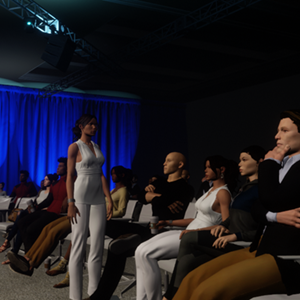
Sansar First Look
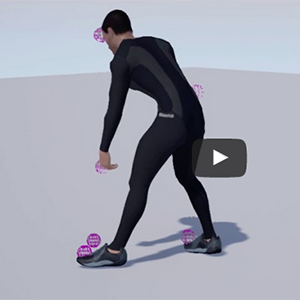
Accurate Motion Capture With Vive Trackers
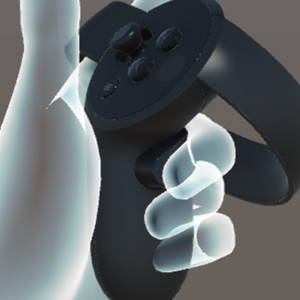
Interface Design For Oculus Touch Controllers